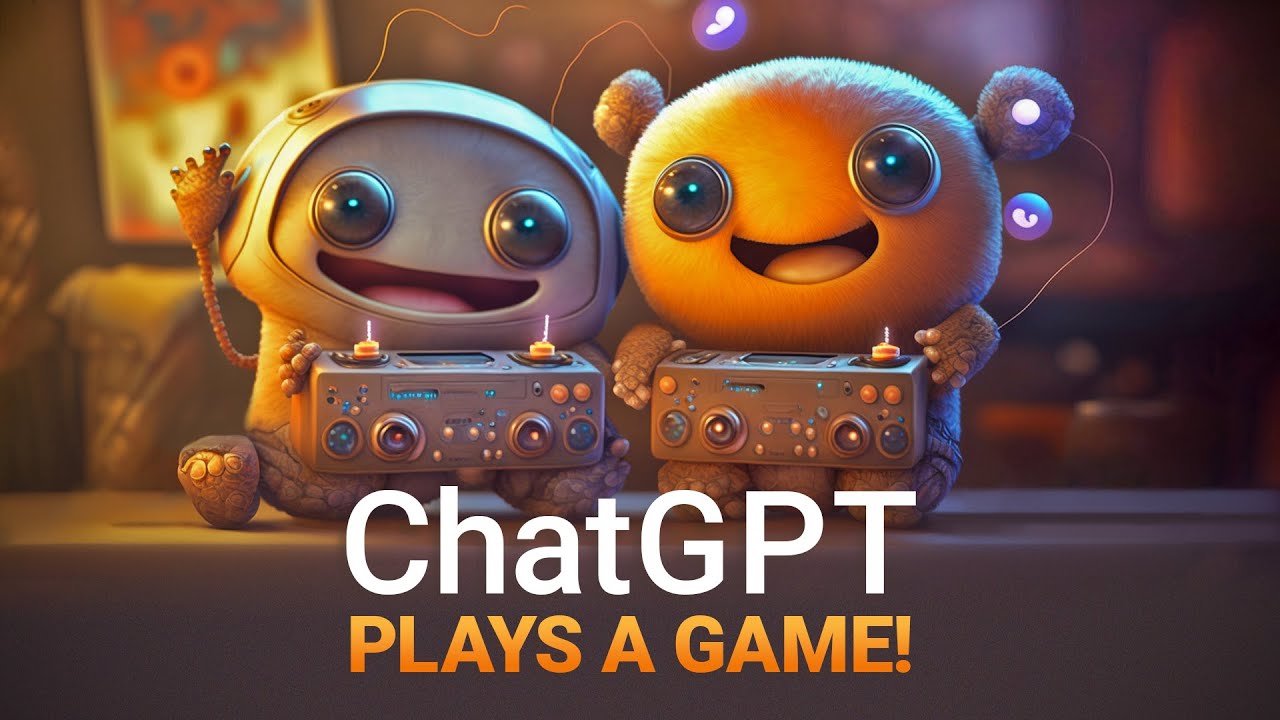In recent years, significant advancements have been made in the field of artificial intelligence (AI), with researchers continuously pushing the boundaries of what is possible. One such innovation that has garnered considerable attention is the concept of "Generative Agents" – interactive simulacra of human behavior that can learn, adapt, and evolve over time. This article delves into a recently published paper on this topic, titled ‘Generative Agents: Interactive Simulacra of Human Behavior,’ and explores its implications for various fields.
What are Generative Agents?
To understand the concept of generative agents, let’s first define what they are. A generative agent is an artificial intelligence system that can generate, learn from, and interact with its environment in a way that mimics human behavior. These agents can be thought of as digital twins or avatars that can simulate real-world behaviors, allowing researchers to study complex systems, test hypotheses, and even create interactive simulations.
The Paper: Generative Agents: Interactive Simulacra of Human Behavior
The paper ‘Generative Agents: Interactive Simulacra of Human Behavior’ (arXiv:2304.03442) explores the potential of generative agents in various fields, including social sciences, economics, and even entertainment. The authors propose a framework for designing and training generative agents that can learn from human behavior and adapt to changing environments.
Key Contributions
The paper makes several key contributions to the field of AI:
- Generative Agent Architecture: The authors present a novel architecture for generative agents, which consists of three main components: perception, action, and learning.
- Human Behavior Modeling: They propose a method for modeling human behavior using a combination of machine learning algorithms and cognitive architectures.
- Interactive Simulations: The authors demonstrate the potential of generative agents in creating interactive simulations that can be used to study complex systems and test hypotheses.
Implications and Applications
The implications of generative agents are far-reaching, with potential applications in various fields:
- Social Sciences: Generative agents can be used to model and simulate social behaviors, allowing researchers to study complex social phenomena and make more accurate predictions.
- Economics: These agents can help economists understand the behavior of consumers and markets, enabling more informed decision-making and policy development.
- Entertainment: Generative agents can create realistic NPCs (non-player characters) in video games, enhancing the gaming experience for players.
Limitations and Challenges
While generative agents hold immense potential, there are several limitations and challenges that need to be addressed:
- Data Requirements: Training generative agents requires large amounts of high-quality data, which can be time-consuming and expensive to collect.
- Scalability: As the complexity of generative agents increases, so does the computational power required to train them. This can lead to significant scalability issues.
Conclusion
In conclusion, the concept of generative agents is a fascinating area of research that holds tremendous potential for various fields. The paper ‘Generative Agents: Interactive Simulacra of Human Behavior’ provides valuable insights into designing and training these agents, as well as their applications in social sciences, economics, and entertainment.
Future Directions
As researchers continue to explore the frontiers of AI, it will be exciting to see how generative agents evolve and adapt to changing environments. Some potential future directions for research include:
- Improving Data Efficiency: Developing methods to reduce data requirements while maintaining the accuracy of generative agents.
- Enhancing Scalability: Investigating new architectures or techniques that can improve the scalability of generative agents.
References
The paper ‘Generative Agents: Interactive Simulacra of Human Behavior’ is available on arXiv (arXiv:2304.03442). For more information on this topic, please refer to the following resources:
- ArXiv: https://arxiv.org/
- ResearchGate: https://www.researchgate.net/
Additional Resources
For those interested in learning more about generative agents and their applications, here are some additional resources:
- AI Hub: A comprehensive resource for AI-related information, including articles, research papers, and tutorials.
- Generative Models: A GitHub repository containing code and resources for building generative models.
Getting Started
If you’re interested in exploring the world of generative agents, here are some steps to get started:
- Familiarize yourself with AI basics: Understand the fundamentals of machine learning, deep learning, and neural networks.
- Explore existing libraries and frameworks: Look into popular libraries like TensorFlow, PyTorch, or Keras for building generative models.
- Read relevant research papers: Stay up-to-date with the latest advancements in generative agents by reading papers on arXiv, ResearchGate, or other academic platforms.
Conclusion
In conclusion, the concept of generative agents is a rapidly evolving field that holds immense potential for various applications. By understanding the key contributions and implications of this research, we can begin to unlock the possibilities of AI and create more realistic simulations, better models, and improved decision-making tools.




